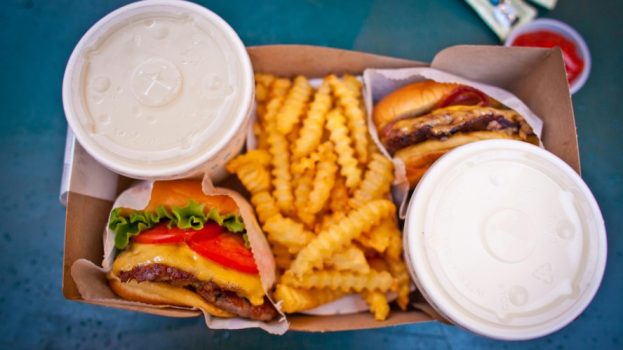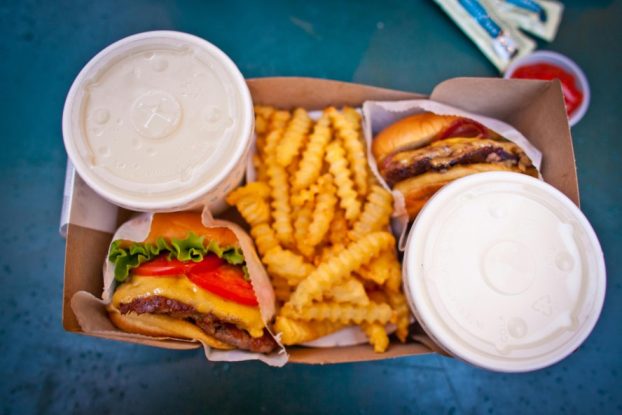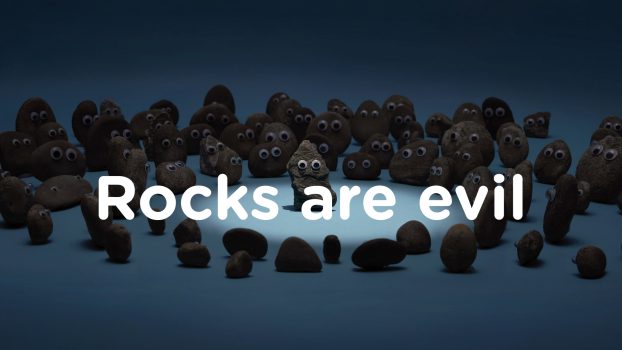It will likely surprise no one, but EY has found that new shopping habits and changing priorities have resulted in 70% of Canadian consumers shifting their product preferences since the start of the pandemic, with 60% decreasing spending on non-essential goods and services.
The consultancy has previously detailed how these changes have created new consumer segments in the midst of the pandemic, but in its latest report, it is turning its eyes to the future, predicting what kind of segments are next to come.
The largest segment, representing 28% of consumers, is referred to as “get to normal,” those whose lives were not necessarily changed by the pandemic and are mostly indifferent to actions taken by brands to mitigate its impacts. The majority are over the age of 45, are the least likely to pay a premium for goods and services, as well as to share their data.
One quarter of consumers are in the optimistic “cautiously extravagant,” middle- to high-income spenders that are eager to return to pre-pandemic discretionary spending once they are able to do so. Among them, 47% believe leisure activities will return to the way they were before COVID-19 “within weeks” and 66% expect to spend more on them in the long term; 76% believe travel will return to normal within months, with 65% expecting to spend more on their vacation plans. They are somewhat health-minded though, willing to share their data if it helps with vaccine or treatment development.
Representing 23% of consumers, the “stay frugal” group is the most pessimistic, spread evenly across age groups. They are highly sensitive to price: one-third are concerned about how they will travel, access health care, socialize or shop after the pandemic, while 67% will likely decrease their spend on vacations, 55% on leisure and 65% on restaurants. They are resistant to luxury spending, though 42% said they would pay a premium for domestically made products.
A smaller portion of the population, at 15%, fall into the “keep cutting” group. Mostly over 45, they are the least optimistic in terms of how long it will take to get back to normal following COVID-19, and are highly concerned about both the global economy and their own personal finances. And while this group is cutting back on spending, there is a chance for marketers to appeal to them, as 54% indicated that they will change the products they buy as a result of the pandemic.
The smallest group, at 9%, is “back with a bang,” who are under 45 and are similarly concerned about jobs and finances, and still consider price a key factor in their purchase decisions, but are more optimistic about the future and spending slightly more on certain categories – half say they are spending more on groceries, for example.
EY recommends that going forward, brands should highlight sustainability, which had temporarily taken a backseat: 38% of Canadians said sustainability has become more important over the summer, and 30% are willing to pay a premium for sustainable products, even amidst economic uncertainty. Overall, brands should be evaluating their brand purpose to make sure it aligns with changed consumer values, like the important of health, community and society as a whole. There are ways product portfolios and pricing strategies play a role in this: the premium typical placed on the origin of a company’s products and services should be shifted towards the overarching impact and value delivered to both customers and society.
Brands can also explore new opportunities when it comes to big data, as the pandemic has softened consumer views on data usage. When asked about their perception about sharing personal information as a result of the pandemic, 54% of Canadian respondents answered that they are willing to share their data if it helps with disease prevention or control.
























